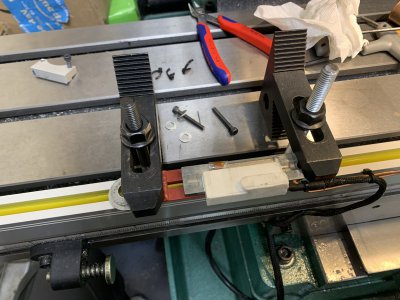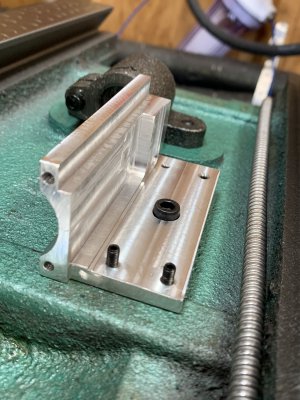- Joined
- Jan 4, 2021
- Messages
- 3,099
I don’t have glass scales, but per the TouchDRO website while good Chinese scales are available (Ditron & Easson), the lower cost scales can have issues. Since your complete setup cost about the same as just the two (6” & 12”) iGaging SS Absolute Plus capacitive scales I bought 6 months ago, I have to assume you have a lower cost system/scales; this is most likely the root cause of the issues.ToAuto DRO and scales from fasttobuy2012

ToAuto Digital Readout DRO Display 5µm Linear Scale Glass Sensor Lathe Mill EDM | eBay
Milling Machine Digital Readout 2/3/4/5Axis DRO Display Linear Glass Scale 5µm TTL Sensor CNC 1, Application : This kind of DRO is commonly fitted to machines, especially for metal working — lathes, cylindrical grinders, milling machines, surface grinders, boring mills and other machine tools —...www.ebay.com
I don't recommend it. Wrong manual, no support. Seems to mostly work but there's no way to combine Z and quill.
Sorry



